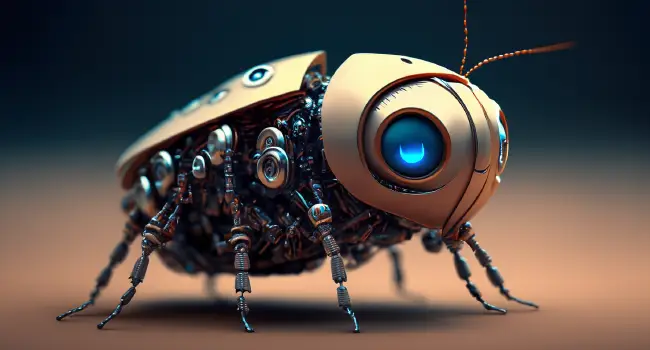Flying Insect Spy

Are flying insect spies a thing of the future, or sci-fi fantasy? This scenario, once relegated to spy thrillers, is inching closer to reality thanks to advancements in miniaturization and robotics. So, are we on the verge of an insect-borne surveillance revolution, or is this just another flight of fancy?
Insects hold a unique advantage in espionage: their size. Their small stature allows them to navigate tight spaces, perch on objects unnoticed, and blend seamlessly into their environment. This invisibility factor makes them ideal candidates for covert data collection.
Despite the allure, several challenges remain. Powering these tiny machines and equipping them with sophisticated sensors like cameras and microphones while maintaining flight capability is a significant hurdle. Additionally, controlling them remotely and processing the collected data requires advanced miniaturization and communication technology.
While the initial focus might be on military and intelligence applications, the potential of flying insect spies extends far beyond. Imagine them monitoring environmental conditions, inspecting infrastructure for damage, or even assisting in search and rescue operations. They could also be used for agricultural purposes, monitoring crop health and detecting pests.
The potential benefits of this technology are undeniable, but ethical considerations and privacy concerns cannot be ignored. The use of such devices for surveillance raises questions about personal liberties and the potential for misuse.
While flying insect spies might not be buzzing around our windows just yet, the technological advancements are happening at a rapid pace. Whether they become a reality depends on our collective ability to harness their potential while addressing the ethical concerns they raise. One thing is certain: the future of surveillance might just have wings.
How will you know when flying robot insects have left the lab?
As a one-time flyer of remote control aircraft, (and by one-time, I mean I flew RC planes only once), I can tell you that sometimes the little buggers just don't come back. Mechanical breakdowns, hungry birds and clean sliding glass doors are just a few ways to bring down a flying robot insect. So keep an eye on the ground for an oversized dragonfly with a broken wing, cameras for eyes and a retractable antenna sticking out its backside.
Protecting our privacy and other inalienable rights will become increasing difficult as technology advances. Emerging technologies like flying robotic insects, can have a significant impact on society. We need safeguards in place to protect our rights before these high flying technologies are fully debugged.
Resources and Related Articles
A History of High-Flying Spies From Insect Drones to Pigeon Spies, U-2s and Satellites
Is That a Bug or a Robotic Spy?

